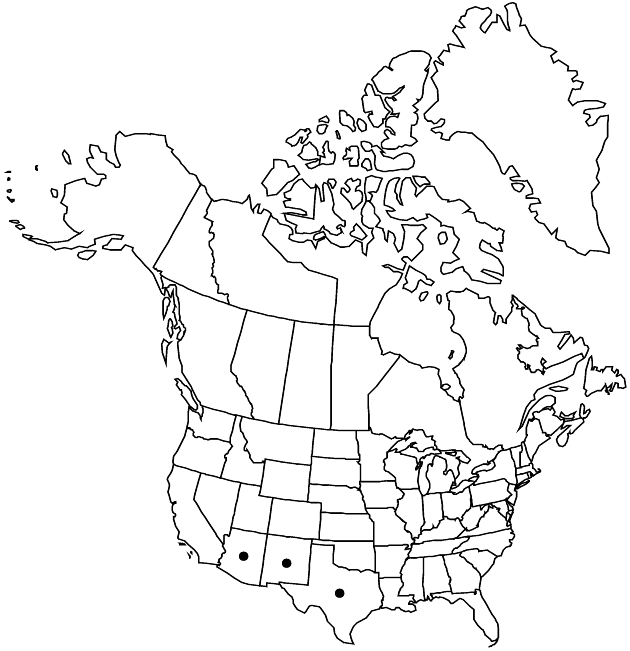familyAsteraceae
genusArtemisia
subgenusArtemisia subg. Artemisia
speciesArtemisia ludoviciana
subspeciesArtemisia ludoviciana subsp. redolens
Difference between revisions of "Artemisia ludoviciana subsp. redolens"
Proc. Calif. Acad. Sci., ser. 4, 25: 454. 1946.
Basionym: Artemisia redolens A. Gray Proc. Amer. Acad. Arts 21: 393. 1886
Synonyms: Artemisia vulgaris subsp. redolens (A. Gray) H. M. Hall & Clements
imported>Volume Importer |
imported>Volume Importer |
||
| Line 55: | Line 55: | ||
|publication year=1946 | |publication year=1946 | ||
|special status= | |special status= | ||
| − | |source xml=https:// | + | |source xml=https://bitbucket.org/aafc-mbb/fna-data-curation/src/2e0870ddd59836b60bcf96646a41e87ea5a5943a/coarse_grained_fna_xml/V19-20-21/V19_914.xml |
|tribe=Asteraceae tribe Anthemideae | |tribe=Asteraceae tribe Anthemideae | ||
|genus=Artemisia | |genus=Artemisia | ||
Latest revision as of 20:57, 5 November 2020
Stems 20–80 cm, mostly unbranched, glabrous. Leaves bicolor (white and green); blades lanceolate to ovate, 5–7 × 0.5–1 cm, irregularly pinnatifid; abaxial faces tomentose (abaxial) or glabrate (adaxial). Involucres campanulate, 2–3 × 2–3 mm. Heads in paniculiform or racemiform arrays 10–15 × 2–6 cm. Florets: pistillate ca. 10; bisexual 3–8; corollas 2 mm.
Phenology: Flowering mid–late summer.
Habitat: Rocky loam soils
Elevation: 100–300 m
Distribution

Ariz., N.Mex., Tex., Mexico.
Discussion
Selected References
None.
Lower Taxa
None.